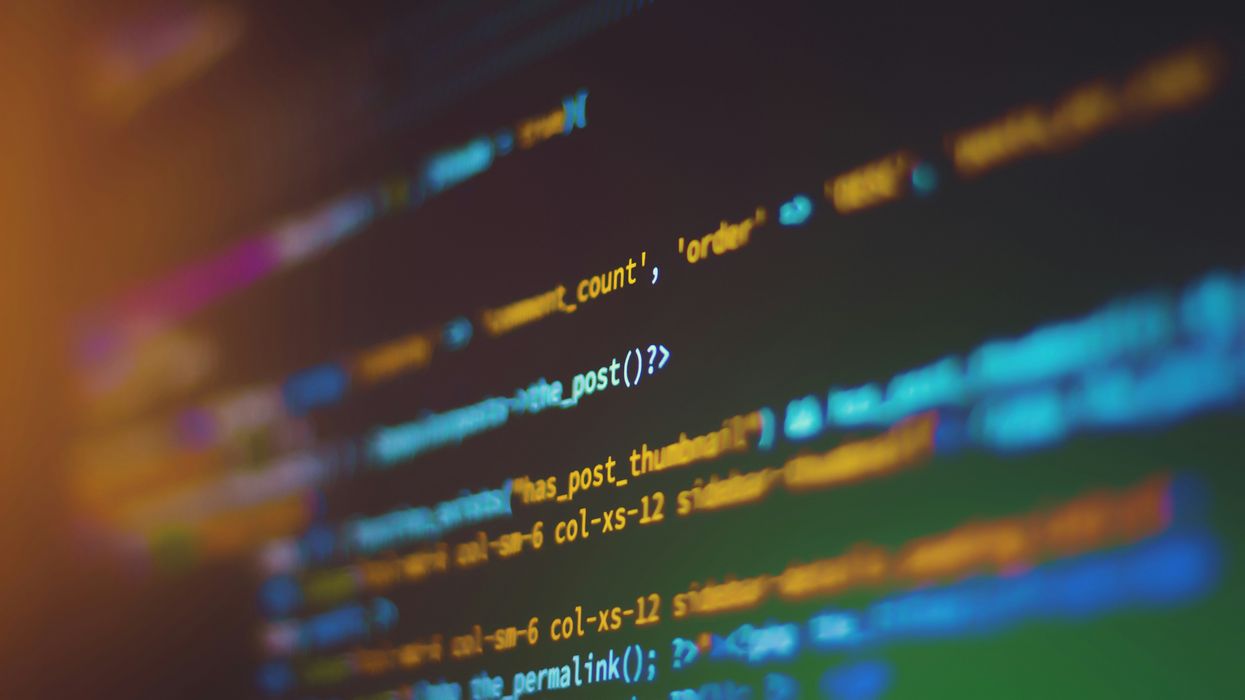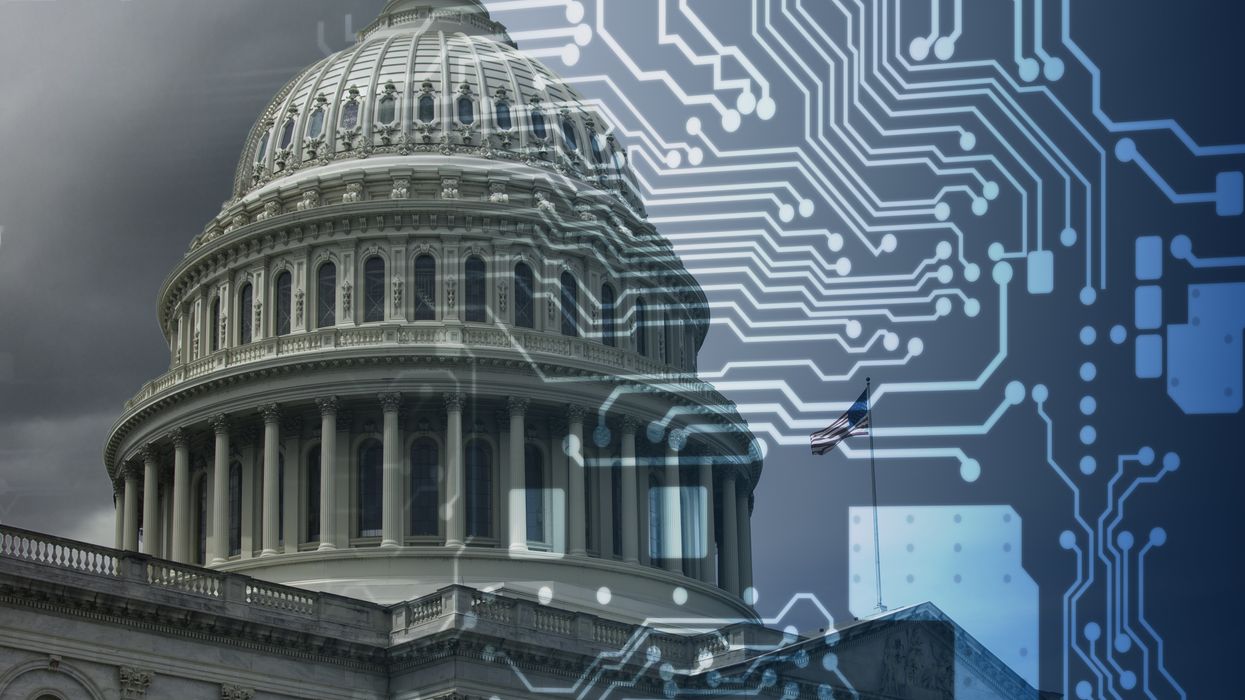Ninety years ago this month, the Federal Register Act was signed into law in a bid to shine a light on the rules driving President Franklin Roosevelt’s New Deal—using the best tools of the time to make government more transparent and accountable. But what began as a bold step toward clarity has since collapsed under its own weight: over 100,000 pages, a million rules, and a public lost in a regulatory haystack. Today, the Trump administration’s sweeping push to cut red tape—including using AI to hunt obsolete rules—raises a deeper challenge: how do we prevent bureaucracy from rebuilding itself?
What’s needed is a new approach: rewriting the rule book itself as machine-executable code that can be analyzed, implemented, or streamlined at scale. Businesses could simply download and execute the latest regulations on their systems, with no need for costly legal analysis and compliance work. Individuals could use apps or online tools to quickly figure out how rules affect them.
These aren’t theoretical ideas. The first prominent work in this area was undertaken by Prof. Robert Kowalski at Imperial College London, who codified the British Nationality Act as a set of rules. Since then, AI researchers have explored—and, in many cases, solved—the numerous challenges associated with turning regulations into code. That includes identifying areas where human judgment remains central, ensuring that encoded regulations clearly indicate where discretion applies, flagging potential exceptions, and certifying that decisions are fully traceable.
In the European Union, the GovTech4All project is developing a “Personal Regulation Assistant,” powered by regulatory code, to assist citizens in identifying and accessing benefits, regardless of their level of digital literacy or policy knowledge. The project will serve as a model to replicate the rules-as-code approach across other areas of European regulations.
In the U.S., meanwhile, the approach has been championed by private-sector innovators. Intuit’s TurboTax is a leading example, showing how the tax code can be translated into a computational interface to help individuals. The Bay Area startup Symbium has encoded regulations to enable California homeowners to secure solar installation permits—a process that used to take weeks or months of paperwork, revisions, and waiting—in just seconds.
Such ventures show the power of using digital tools to streamline the implementation of regulations—but they require individual businesses to interpret and codify the rules in question. If the tax code, the building code, or other regulations were already available as machine-executable rules, this process would be orders of magnitude faster, could be scaled nationwide, and would deliver powerful efficiencies across the U.S. economy.
Swapping our existing mishmash of PDFs and static webpages for elegant, unified computer code would instantly unlock important new efficiencies—automatically flagging ambiguities, simplifying complex rules, and eliminating redundancies without losing substance. It would also enable powerful tools like compliance test suites and public-facing rule repositories, driving greater transparency, reducing red tape, and enhancing ease of use.
What would it take to “encode” any rule book, regardless of whether it is at the federal, state, or city government level? The first step is to identify and codify the regulations in most need of an overhaul. Obvious examples might include engineering or design standards, which are currently slow to adapt to technological changes, but which are also prescriptive and could easily be rewritten as code. The processes for permitting and environmental impact assessments—already recognized by the White House as a target for new efficiencies—would be another leading candidate.
We’ll also need to use new technologies to enable rules to be converted into code in reliable and scalable ways. Such efforts have been daunting until now because of the huge manual effort required to analyze and rewrite regulations. New AI tools, however, make it possible to both analyze vast amounts of text and to write and rigorously validate computer code, with almost superhuman speed and accuracy. With regulatory sprawl wiping 0.8 percentage points from America’s annual GDP growth, using AI to accelerate the process of turning federal rules into code would deliver clear ROI and powerful efficiencies across the federal government and beyond.
As things stand, America’s federal agencies still use a 19th-century rulemaking process—and as individuals and businesses, we’re all paying the price for that. President Trump is right to push for reductions in government red tape. But that effort should be paired with a concerted effort to bring federal regulations into the 21st century and develop a machine-readable rule book that’s ready for the challenges and opportunities of the AI era.
Vinay K. Chaudhri supports a National Science Foundation initiative on Knowledge Axiomatization. Previously, he led AI research at SRI International and taught knowledge graphs and logic programming at Stanford University.




















